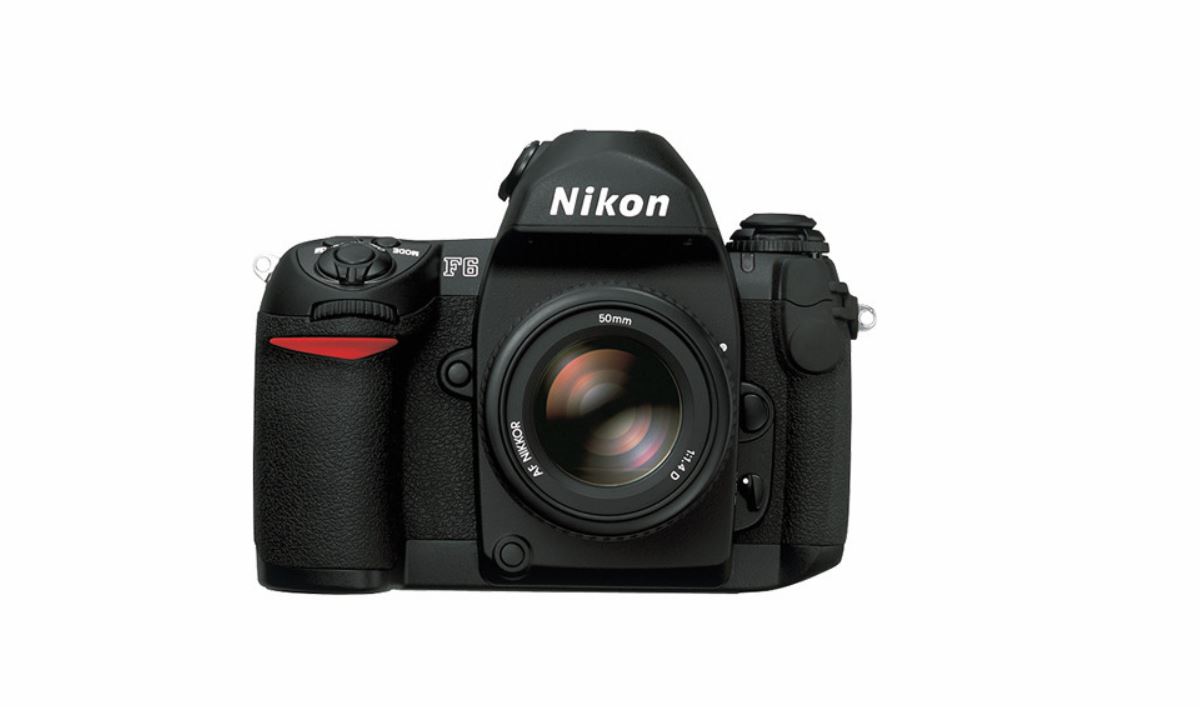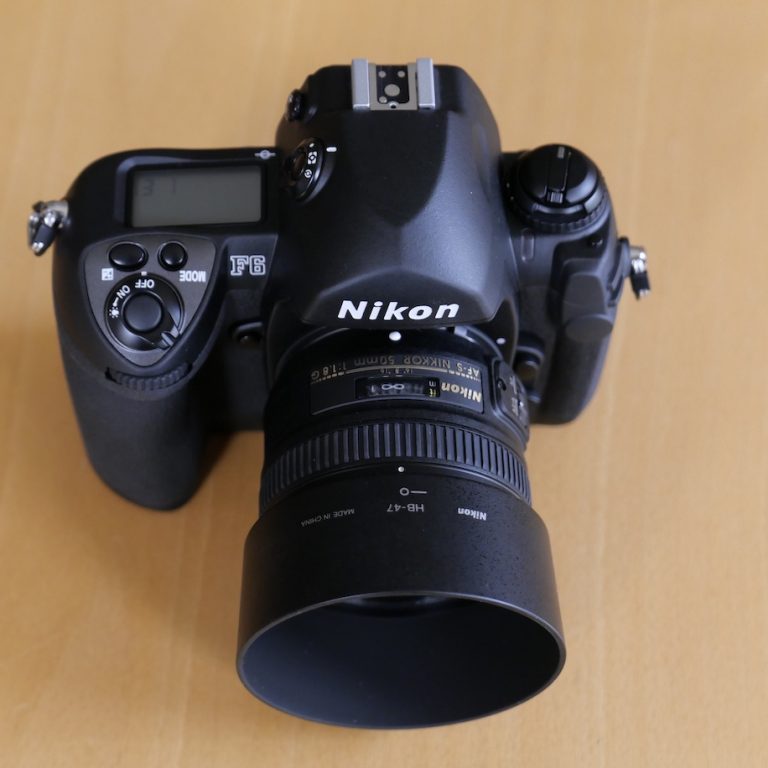

All these functions are individually controlled via buttons on the cameras body, with selectors located on the back, front, top and the side of the viewfinder. Add to that the 3 AE modes (3D colour matrix metering, Centre weighted metering and spot metering), the 4 AF area modes (Single area AF, Dynamic AF with focus tracking and lock on, Closest subject priority dynamic AF and Group dynamic AF), the 3 focus modes (Single servo AF with focus priority, continuous servo AF with Release priority and Manual), 6 film advance modes (single frame shooting, continuous low-speed shooting, continuous high-speed shooting, continuous silent low-speed shooting, self-timer and mirror-up) and things start getting more complicated.

Other innovation crowed about are the new 11-area AF sensor with 9 cross-type AF (a rectangular focusing area) and an improved 3D colour matrix AE system to analyse the composition of the image in the viewfinder.īeing a pro-model, there are only 4 shooting modes, Program, aperture priority, shutter priority and manual. What this really means though is that the F6 offers a top shutter speed is 1/8000th of a second, which is fast. In typical ‘world of tomorrow' fashion, Nikon have re-engineered the shutter, making it from DuPont KEVLAR, so that they can make boastful promises about superb shutter speed accuracy even after 15,000 consecutive shots, although I'm sure only they'd have time to put 4166 rolls of 35mm film through the thing. On the standard body, without the MB-40 grip, power comes from a pair of CR123A cells, stashed in the handle. The internal shooting mechanism has been specially ‘floated' to reduce the amount of noise the camera makes when the shutter falls. The flash sync and 10-pin terminal, used for attaching peripherals, are both snugly covered with tight fitting rubber lugs keeping the environment firmly in it is place.

This combination allows maximum section strength where it is needed while reducing weight where it is not. Overall constriction of the body, designed by Giotgetto Giugiaro, is a combination of a die-cast Aluminum chassis with a cast magnesium top, bottom and front panels added. The F6 has kept a little more of the classic look of an SLR than the 1V, with the rewind post visible and the function buttons a little more pronounced than Canon's ‘push-buttons'.īest mirrorless cameras 2021: Top interchangeable lens cameras available to buy today The F6 and the 1V decided a more prudent move was to offer the drive as an extra, to be removed or added as the photographer sees fit. At the same time they made their shooting speed incredible fast, the 1N RS could get through a roll of 36 frames in 3.6 seconds. Both the older cameras opted for the integrated power-drives, which add weight and bulk but also stability to the overall frames. If you were to place the F6 and the Canon EOS 1V next to each other, and behind them place the Nikon F5 and the Canon EOS 1N RS, you'll notice straight away the designers of all four cameras have shared a drawing board at some point. So whether Nikon's reticence to launch another top-end film camera was due to caution over the impact of digital photography or whether they have just been perfecting technologies, in other areas, that have ultimately been used in the F6 isn't known, but Nikon's UK marketing manager Jeremy Gilbert has clearly stated that “Nikon is committed to film and will continue to support photographers who use film for as long as possible.” In that interim period both manufactures have created a number of seriously large, expensive, Pro-digital bodies.

Nikon launched the F5 in 1996 and even though Canon launched their flagship film SLR, the 1V, in 2000, Nikon have waited a further four years to offer a comeback. Things seem to have got all out of step at the top-end of the pro-film camera market of late.
Nikon f6 project professional#
(Pocket-lint) - With Digital SLR becoming such a force to be reckoned with in the professional and consumer markets is there still a need for a high end 35mm model from the camera manufacturers? Apparently so if Nikon has anything to say about it.


 0 kommentar(er)
0 kommentar(er)
